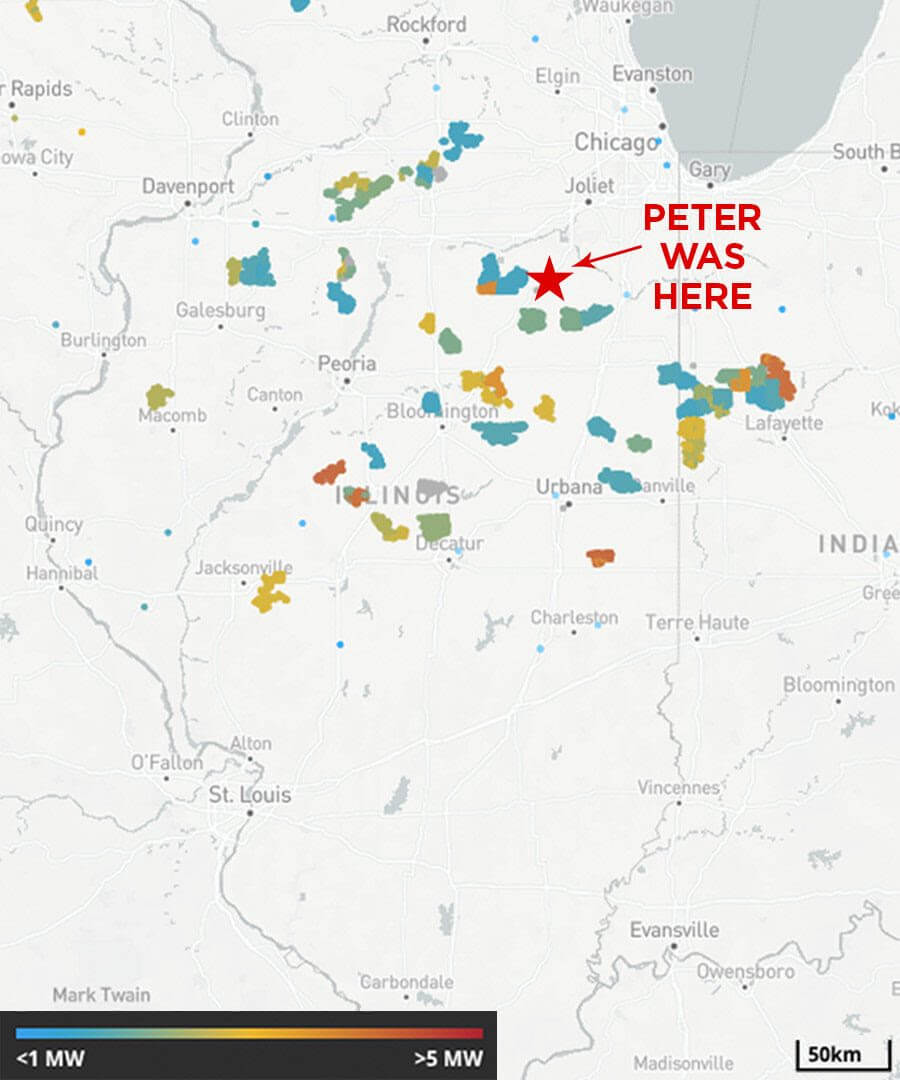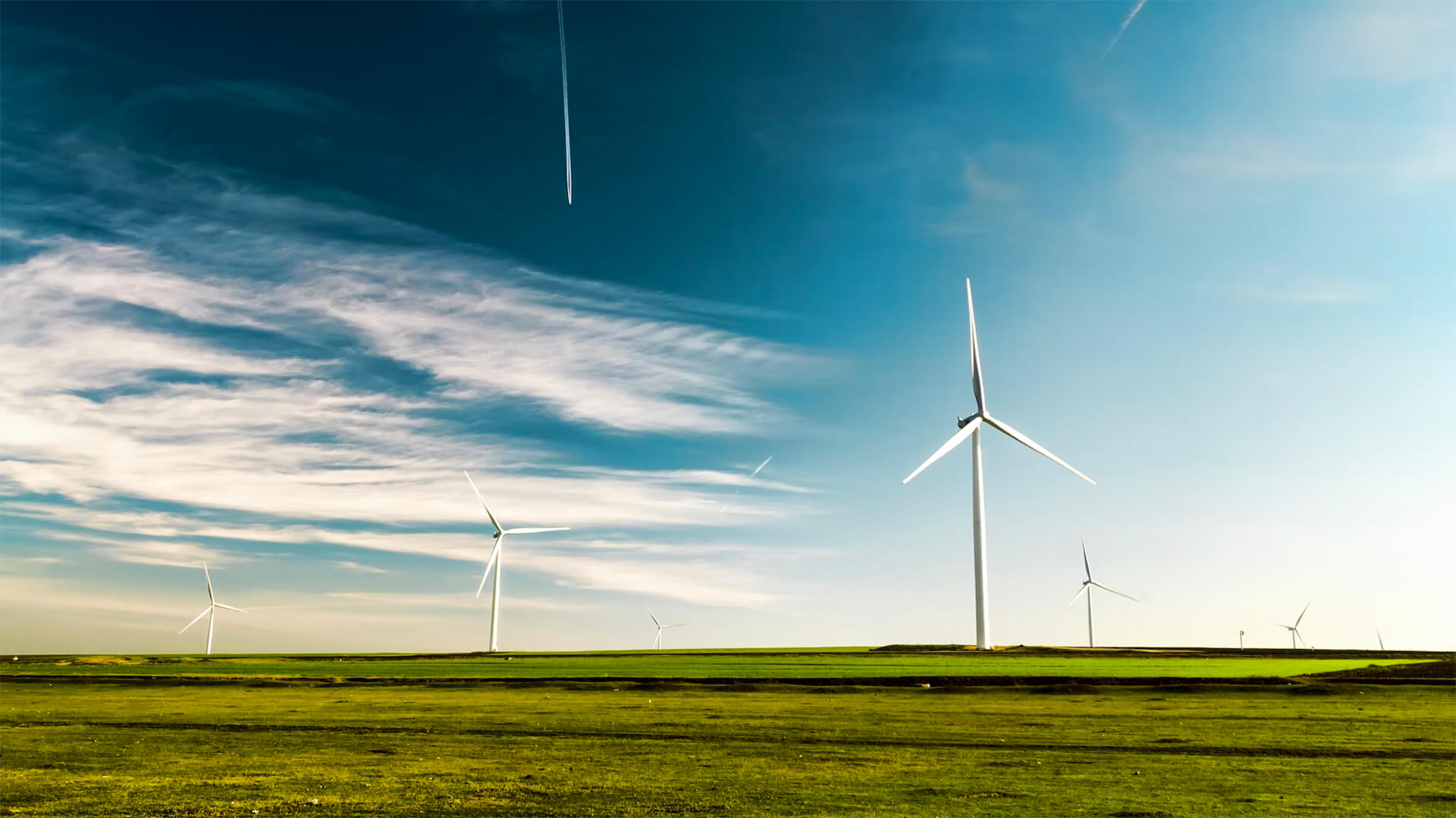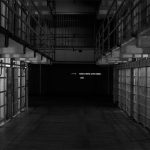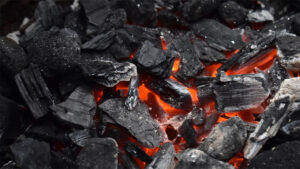What do Chicago, Denver, and DFW all have in common? Yes, they are all major metro areas in the US, but more importantly, they’re colocated with green energy sources. As the world adopts more and more clean energy, these regions with localized energy sources will have a huge leg up on places like New York, Berlin, and London.
Finding a metro (where people actually want to live) surrounded by wind and solar potential is rare…it just so happens that the US is home to most of these regions. For places not so geographically blessed, the main concern becomes transporting the power from the source to the city. This can often span hundreds, even thousands of miles, and that distance puts up a number of red flags.
There are the obvious concerns of transmission loss, equipment, and overall economic viability, but once you start transporting power across states and grids, you have to deal with regulatory issues as well. The federal system in the US means that national, state, and local governments all share power. So transporting energy is no simple task.
It will take an act (or two or three) of Congress before the flow of green energy is freed up; that’s not going to be a quick process. The metros with green energy sources nearby will have a huge advantage in the years to come. So if you need a place to move, I hear DFW could use a few more green-friendly folks.

Prefer to read the transcript of the video? Click here
Here at Zeihan On Geopolitics we select a single charity to sponsor. We have two criteria:
First, we look across the world and use our skill sets to identify where the needs are most acute. Second, we look for an institution with preexisting networks for both materials gathering and aid distribution. That way we know every cent of our donation is not simply going directly to where help is needed most, but our donations serve as a force multiplier for a system already in existence. Then we give what we can.
Today, our chosen charity is a group called Medshare, which provides emergency medical services to communities in need, with a very heavy emphasis on locations facing acute crises. Medshare operates right in the thick of it. Until future notice, every cent we earn from every book we sell in every format through every retailer is going to Medshare’s Ukraine fund.
And then there’s you.
Our newsletters and videologues are not only free, they will always be free. We also will never share your contact information with anyone. All we ask is that if you find one of our releases in any way useful, that you make a donation to Medshare. Over one third of Ukraine’s pre-war population has either been forced from their homes, kidnapped and shipped to Russia, or is trying to survive in occupied lands. This is our way to help who we can. Please, join us.
CLICK HERE TO SUPPORT MEDSHARE’S UKRAINE FUND
CLICK HERE TO SUPPORT MEDSHARE’S EFFORTS GLOBALLY
TRANSCIPT
Hey Everybody. Peter Zeihan here coming to you from very chilly northern Illinois. Behind me, of course, we have a wind turbine which is one of literally hundreds in the immediate area around me. We are at the edge of the Great Plains here. I mean, technically, yes, we’re in more of the Midwest, but we are in one of the world’s great wind zones, Great Plains, going into the northern Midwest is all pretty good wind space. And what is unique about this turbine in particular is it is supporting the metro region that is the Chicagoland zone, which is the fourth largest metro in the United States. In most places of the world, it doesn’t matter what continent you’re on, what country you’re in, it is very rare for there to be good wind or solar potential near a major metro. And so even if you are able to build out the system to generate the power, then you have to transmit hundreds, maybe even thousands of miles. Chicago is one of the handful of cities in the world that is an exception to that rule. Northern Illinois, especially northeastern Illinois, you’ve got decent wind right at the doorstep of the metro zone. And so you don’t need high voltage lines in order to transmit the power up to the urban section effectively. You can use more lower load bearing facilities and equipment, and that means that Chicago is able to reach out not just to northern Illinois, but also southern Wisconsin, eastern Iowa, something a little bit of western Iowa and into Ohio as well in order to generate electricity. Now, there are very, very, very, very few places in the world where this works, but most of them are in the United States. So my adopted hometown of Denver is at the edge of the Great Plains great wind zone. Phoenix is obviously at the heart of a great solar zone, as is Albuquerque and Dallas Fort Worth is probably the American metro that has the most green potential of all because it’s where the Great Plains meet the Southwest. And so Dallas Fort Worth is likely to be the first major American metro zone to go 100% green, despite the fact that there are only like four environmentalists in the entire metro zone.
Now, if you’re going to try to make a green impact, it’s very important to co-locate power with your urban centers, because it’s very rare anywhere in the world to locate power generation more than 500 miles, because at that point, the transmission loss becomes so high that it’s really not worth it from an economic point of view anyway. And in the United States, we’re one of the very few places that actually has the metro zones that meet those criteria. But you can’t do that in New York. You can’t do that in Toronto. You can’t do that in Paris. You can’t do that in Berlin or London or Moscow or Beijing. It’s really only in the United States where we have that co-location. If you don’t have that co-location, then you have to have high voltage lines that are designed for a long range transmission, and those are not cheap.
Now, in most countries, you have a unified power grid. The United States is not. In most countries, we do things a little bit differently. Most of our utilities are set at the state or even local level. And that means if you want to transmit power from, say, Utah to Los Angeles, you have to cross through different states, regulatory authorities and each of them have their own rules for transmission and for even just raising the capital to do it in the first place. And, God forbid, you want to cross between different grids because the United States has three. Roughly everything west of the Rockies is on one. Roughly everything east of the Rockies is on another. And then, of course, Texas has its own thing. If if if the goal is to decarbonize the power system, not only do we need a lot of solar and wind, we would also need several acts of Congress that would break down the regulatory burdens that exist across these different grid systems and across the different states and across industries, municipalities. The problem the Americans face is that the United States is a federal system where the national government, the state governments and the local governments all share power. They all have about the same amount. And Congress would need to break that down within the power sector in order to encourage a more unified grid space that allows green electrons to travel more freely.
That would trigger dozens of lawsuits from the state and localities, which would rightly challenge the power grab from the federal government, which means, at least in the near term, the next decade, maybe two, most of the stories for green power penetration into the American grid have to happen at the local level. And that gives cities like Chicago, Albuquerque, Phoenix, Denver and of course, Dallas, Fort Worth, a huge leg up over everyone else whose local electricity resources, when it comes to green tech, simply aren’t that great.
Okay, everybody. That’s it for me. See you next time.







